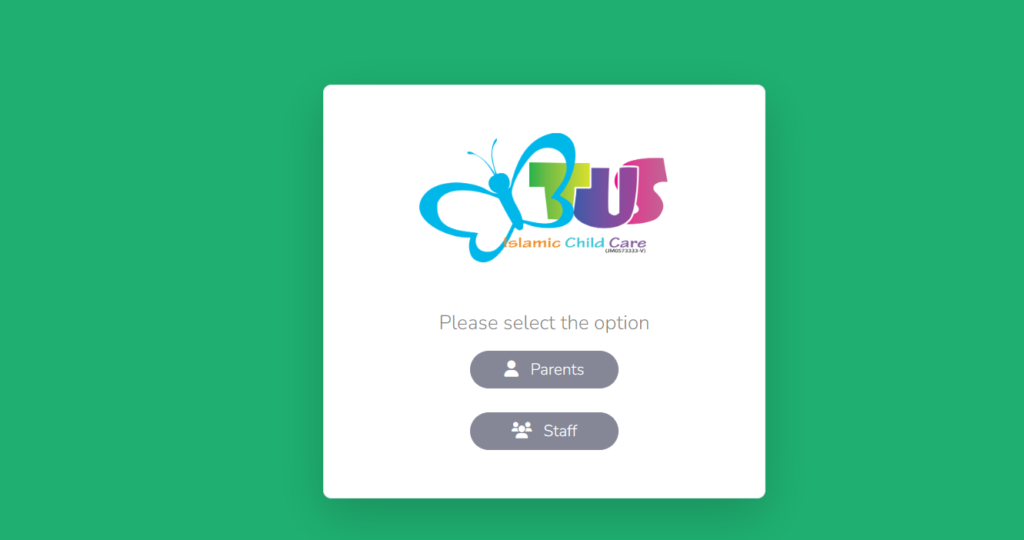Nursery Management System
Managing nursery schools involves handling a wide range of tasks, from tracking student attendance to managing fees, staff, and class schedules. With everything needing to be organized, a Nursery Management System becomes a necessary solution. This system not only helps streamline administrative tasks but also ensures that the data is easily accessible and manageable.
Overview
The Nursery Management System is a web-based solution designed using a combination of PHP and MySQL. This system aims to automate and simplify administrative tasks such as enrolling students, managing staff, tracking payments, and creating class schedules. With this system, users can efficiently handle all the essential operations required to run a nursery smoothly.
The key functionalities offered by the Nursery Management System include:
- Student Enrollment: Delete, amend, and add student records.
- Staff Management: Maintain records of staff members and their assigned duties.
- Fee Management: Track and update fee payments, due amounts, and payment statuses.
- Class Scheduling: Manage class assignments and create schedules for teachers.
- Attendance Tracking: Record daily student and staff attendance.
- Report Generation: Generate reports for attendance, fee collection, and other data.
New Project :-https://www.youtube.com/@Decodeit2
Features
Here’s a detailed breakdown of the system’s main features:
1. Student Management
The system allows administrators to enroll new students and update their records. You can also assign students to specific classes, manage their attendance, and track their fee payment status.
2. Staff Management
Keep a well-organized list of staff members, including their names, roles (teachers, assistants, etc.), and assigned classes. This feature also supports updating staff records whenever needed.
3. Class Scheduling
Administrators can create and assign schedules for different classes. This feature ensures that each teacher is properly assigned to their respective classes, and administrators can modify the schedule as needed.
PHP PROJECT:- CLICK HERE
4. Fee Management
Managing fees has never been easier with this system. You can record fee payments, view pending dues, and track the overall fee collection status for each student.
5. Attendance Tracking
The system allows teachers and administrators to mark attendance for both students and staff. The attendance data is stored in the system and can be used to generate reports or track trends over time.
6. Reporting and Insights
The system produces thorough information on student performance, attendance, and fee collection. These reports can help school administrators make data-driven decisions to improve operations.
How To Works
The system is built using PHP for server-side scripting and MySQL as the database for storing all the information. The combination of PHP and MySQL makes this system robust and scalable, capable of handling large amounts of data while ensuring fast performance.
To run the system on your local environment, follow these steps:
Step 1: Download the ZIP File
The complete source code for the Nursery Management System is available in the downloadable ZIP file. You can click here to download the ZIP file and extract it to your preferred folder.
Step 2: Set Up XAMPP or WAMP
To run the Nursery Management System on your local machine, you need a server environment. You can use XAMPP or WAMP to set up a local PHP and MySQL environment.
- Download and install XAMPP or WAMP from their official websites.
- Once installed, start the Apache and MySQL services.
Step 3: Import the Database
- Open phpMyAdmin from your XAMPP/WAMP control panel.
- Create a new database called
nursery_management_system. - Import the SQL file included in the ZIP file (
nms.sql) into the database. This will set up all the necessary tables and data.
Step 4: Configure the System
- Open the project folder and navigate to the
config.phpfile. - Update the database connection details (hostname, username, password, and database name) to match your local environment.
$host = 'localhost';
$username = 'root'; // default username for XAMPP/WAMP
$password = ''; // leave blank for default setup
$dbname = 'nursery_management_system';
Step 5: Run the System
- Open a web browser and navigate to
http://localhost/nursery-management-system. - You should see the login page of the Nursery Management System.
- Use the credentials provided in the documentation or create a new admin account to start using the system.

System Modules and Code Snippets
1. Student Enrollment Module
Here’s a basic example of the student enrollment code in PHP:
<?php
include('db_connect.php');
if (isset($_POST['submit'])) {
$student_name = $_POST['student_name'];
$dob = $_POST['dob'];
$parent_contact = $_POST['parent_contact'];
$class_id = $_POST['class_id'];
$query = "INSERT INTO students (student_name, dob, parent_contact, class_id)
VALUES ('$student_name', '$dob', '$parent_contact', '$class_id')";
if (mysqli_query($conn, $query)) {
echo "Student enrolled successfully!";
} else {
echo "Error: " . $query . "<br>" . mysqli_error($conn);
}
}
mysqli_close($conn);
?>
2. Fee Management Module
Here’s how you can update a student’s fee payment status:
<?php
include('db_connect.php');
if (isset($_POST['update_fee'])) {
$student_id = $_POST['student_id'];
$status = "Paid";
$query = "UPDATE fees SET status='$status' WHERE student_id='$student_id'";
if (mysqli_query($conn, $query)) {
echo "Fee status updated!";
} else {
echo "Error: " . $query . "<br>" . mysqli_error($conn);
}
}
mysqli_close($conn);
?>